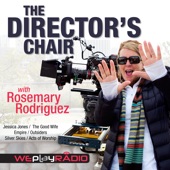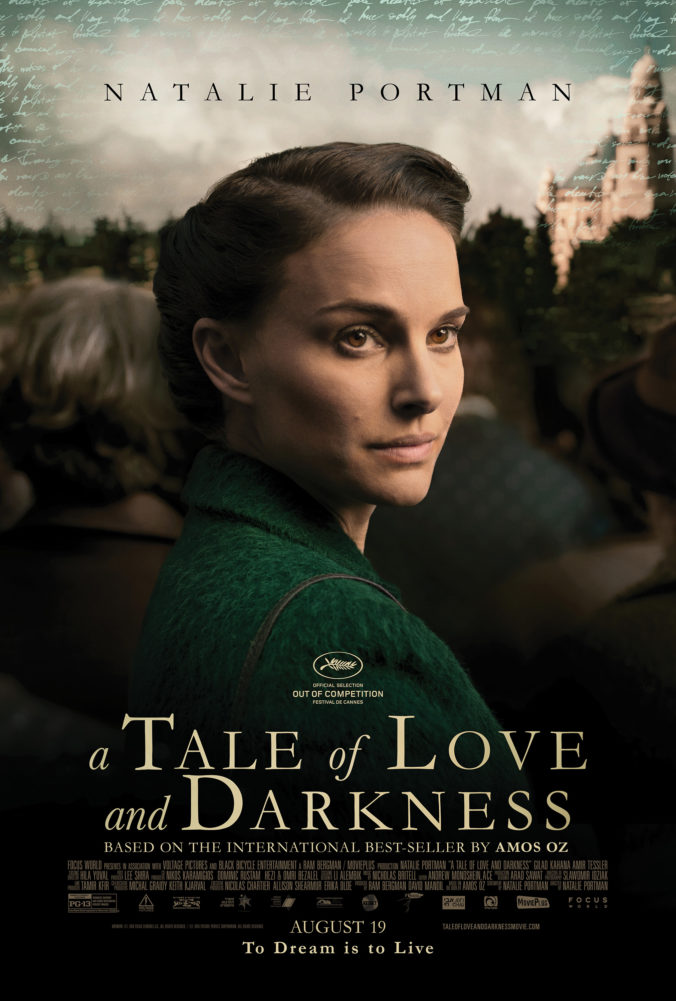Click to tweet this article to your friends and followers!
All this Panic takes an intimate look at the interior lives of a group of teenage girls as they come of age in Brooklyn. A potent mix of vivid portraiture and vérité, the documentary follows the girls as they navigate the ephemeral and fleeting transition between childhood and adulthood. As one teen in the film remarks, ‘They want to see us, but they don’t want to hear us’ this documentary is comprised entirely of young women speaking to their own experiences.
Jenny Gage (Director) and Tom Betterton (DP) are a couple and long time collaborators on fine art, photography and film projects. All this Panic is the latest project in a celebrated career that has centered on the images and inner lives of young women across several mediums and genres. Their fine art work has appeared in gallery and museum shows throughout the world. Their commissioned work and portraits have been featured in publications, including W, Vanity Fair, and Italian Vogue. Their short film, Drift, screened at international festivals and museums. Jenny received her MFA in photography from Yale University.
All This Panic was shot as a two-person crew with minimal equipment, relying solely on natural light.
Jenny Gage: This was a film about the inner lives of the girls therefore the camera needed to be an extension of what the girls were seeing and feeling. Along with my partner, cinematographer Tom Betterton, we decided early on to shoot everything handheld so that he could move as quickly and easily through the city as the girls did. I knew there needed to be an organic approach to the filming process to encourage the girls to feel free enough to share the kind of unimpeded intimacy we were seeking. We imagined the camera to be as kinetic as our characters. Never judging, always participating and observing.
Evolution of the project
Gage: Tom and I knew Ginger and Dusty since they were 6 and 8 years old, and we knew their family a bit; we knew their father from our other career as still photographers. Right about the time we had our daughter they moved down the street from us. I would occasionally talk to them, and I was fascinated by them; what they were talking about, thinking about, who their friends were. At a certain point I decided to make a film about them. I wrote their parents an email, I told them my intentions, which I didn’t really know at the time, all I really knew was that I wanted to film them and hear what they were talking and thinking about. And to immerse myself in their world. It began in a natural and organic way. Then we met their friends. That’s one of the reasons it took so long. At any given point we were following 10 girls.
Kouguell: You shot over a period of three years. Was there any type of set schedule?
Gage: We followed the girls’ cues. It was sporadic. For example there was a lot going on in the fall but in the winter there wasn’t. We realized after a year or two of filming that everything happened in the spring: first crushes, parties, girls running around the city, going to the beach. In the fall and winter we’d film them once a week, once every other week, and then in the spring it would be every other day. In the summer it would slow down because they’d go out of town, etc.
Kouguell: Did you have an outline or script in term of specific things you wanted them to talk about?
Gage: There was no outline. We never had a script, but we definitely had things we wanted to talk to them about and things they wanted to talk to us about. We had things we were curious about, and there were themes in their lives that kept coming up, like Ginger not going to college. From the first day we filmed her she was already thinking that she wasn’t going to go to college, so we followed that train of thought throughout the years. We would ask them: Boyfriends? Girlfriends? What’s going on, on that level? We would revisit those things and see how their outlooks had changed about who they like and what they like. It was an interesting time for the girls, talking about gender fluidity and the spectrum, and feeling that they didn’t have to be gay or straight, and that there were lots of grays and in between. That was enlightening to hear.
Kouguell: Did the ‘story’ change or your approach to the material change, as the three years went on?
Gage: Yes, as the girls evolved so did the themes and stories. One thing in the beginning when we followed Ginger and Lena, there was talk about who gets invited to a party, that was big in 10th grade. And then in the 11th and 12th grades, what came out was their evolving and complex friendship, their trust and loyalties and sometimes the hardships they went through together, and apart.
Kouguell: If there was a certain event in their life did they contact you to say this was happening?
Gage: Not really. I always asked them to do this, but everything in their lives happened so quickly like a haircut or dying their hair. Everything was on an equal level. Everything was equally important and unimportant. Often they’d tell us a story that they thought was a good story for the film, and we would record it, but really it was the in between moments and when they were talking without really thinking that made up the film.
Kouguell: Were they self-conscious at all, about what they talked about on camera?
Gage: Maybe at the beginning they were a bit self-conscious but it quickly became second-nature to them. It was funny in the beginning of shooting, there was a dance where to look: Should I look at Jenny? Should I look at the camera? And then we’d start talking, and then they were unselfconscious.
Kouguell: Did they look at any of the dailies over the years?
Gage: No. It was amazing the amount of trust they had. After two years of filming, every six-to nine months we’d cut a minute-long trailer, and we’d show them that. It was always hard for them to watch, like watching an argument they had with someone. For the most part we didn’t show them any footage. We talked a lot about our intentions; we asked them what they wanted to see in a film about young women.
Kouguell: Did any of the girls’ parents have any concerns or want input into the film? Did they want to look at any footage or before you locked picture?
Gage: They never asked to see a rough cut or any footage. Sometimes they had concerns and we’d meet with each parent. They took their cues from the girls, and the girls trusted us implicitly and we trusted them, and their parents trusted them. It was an amazing circle of trust that we were allowed into. I have so much respect for the parents; they raised incredible young women.
Kouguell: How did you decide on a structure?
Gage: Our editor Connor Kalista helped us, and combed through the 140 hours that we had. We knew certain themes that each girl had in her life, and we knew which ones we wanted to highlight for the film, and others we felt weren’t strong enough to highlight. Connor really gave the film the structure it has.
Kouguell: With the current theatrical release of the film, you’ve been doing post-screening Q & A’s with the girls. What are their responses when they look back at the experience?
Gage: I love doing the Q & A’s with the girls, because it’s another chance for them to talk and that’s what this whole film was about. Most recently, one of the profound responses came from Ginger. She struggled a lot as a teen, and dealt with the fear of being one of the leftover kids who didn’t go to college, as well as her struggles with her relationships with her family and Lena. My heart always went out to her because she was having the quintessential teenage experience. One thing she’s said in the Q & A stayed with me: ‘I was always so hard on myself as a teenager and when I was in high school. When I look at this film now and I see the little me, I say, little me was trying, little me stumbled along the way, but I was really trying. And I should cut myself a break.
The other night at a Q & A we were talking about how the film was a study of teenage girls, in a particular time, in a particular city, and I absolutely think that’s what the film is about and it was one of our intentions. But, I think that one of the other things that the film is about is female friendships and their complexity and how they go so deep, and how they’re often not portrayed like this in films and television. They are this rich source of experiences that should be mined for great material. Every one of the girls has such incredible friendships with each other and they definitely had their ups and downs. The film shows how complex friendships are.
Learn more about the film here.
More articles by Susan Kouguell







 Rodriguez: The film opened in September 2016 in a limited theatrical run, playing eight weeks in Palm Springs and eight weeks at The Villages in Florida. We played in Orange County, Arizona and around Florida. Little by little, it’s kept going. We are finishing our theatrical run March 30.
Rodriguez: The film opened in September 2016 in a limited theatrical run, playing eight weeks in Palm Springs and eight weeks at The Villages in Florida. We played in Orange County, Arizona and around Florida. Little by little, it’s kept going. We are finishing our theatrical run March 30.

 Kouguell: We’ve spoken a great deal about your love of collaboration. Your Podcast ‘The Director’s Chair’ available on iTunes, has welcomed writers, producers, directors, and actors, including Jessica Jones star Krysten Ritter, to discuss collaborating.
Kouguell: We’ve spoken a great deal about your love of collaboration. Your Podcast ‘The Director’s Chair’ available on iTunes, has welcomed writers, producers, directors, and actors, including Jessica Jones star Krysten Ritter, to discuss collaborating.


























